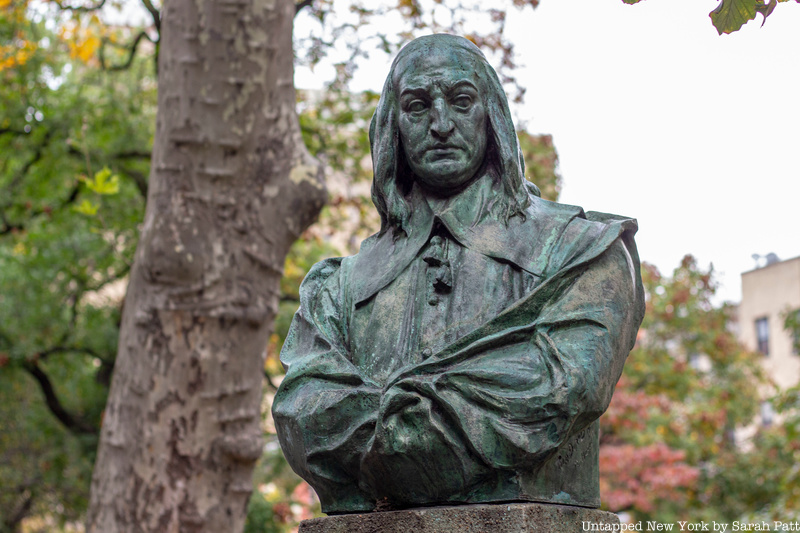10. Peter Stuyvesant’s farm the “Great Bowery” was where StuyTown now stands

Peter Stuyvesant, one of the most well-known Dutch colonial officers of the 17th century, lived on the “Great Bowery” in what now is StuyTown from 1644 to 1672. Though the farm was grand, encompassing 62 acres, it was the result of the Dutch surrender to Britain. When Britain took over New Netherland, they promised Stuyvesant could own land in what they would refer to as New York City. Though he had ruled his Dutch Colony with an iron fist, Stuyvesant settled on his new property where he later died. The farm burned down in 1777.
Stuyvesant’s contributions to New York, which included expanding Manhattan past the island’s southernmost tip and making brief peace with nearby Native American Tribes, among others, clearly did not go unnoticed. However, the Dutch leader is also remembered for perpetuating racism, religious intolerance, and slavery. As this history has surfaced, some residents of New York have sought to remove his name from various places throughout New York City. In addition to his namesake housing development, Bedford-Stuyvesant in Brooklyn, Stuyvesant High School, Stuyvesant Street, and Stuyvesant Square are all named after the Dutch officer.
Next, check out the top 10 secrets of the East Village!





